Mechanically Stabilized Earth (MSE) Retaining Walls
Civil engineers and construction professionals are always looking for building solutions that can handle incredible forces and last for years at a time. Mechanically Stabilized Earth, or MSE retaining walls, are often incorporated into projects for their sheer strength and ability to stand in challenging locations where standard walls are impractical.
What is a MSE Wall?
A Mechanically Stabilized Earth wall is a retaining structure showcasing several layers of backfill and soil reinforcement elements that are connected to a wall facing.
Wall facings are usually thin and work to stop the erosion of structural backfill. Professionals utilize soil retaining walls to reinforce natural slopes. This reinforcement occurs when there is friction and tension between backfill and soil additives. The end result is a gravity structure that stably handles heavy loads near roadways and drainage systems.
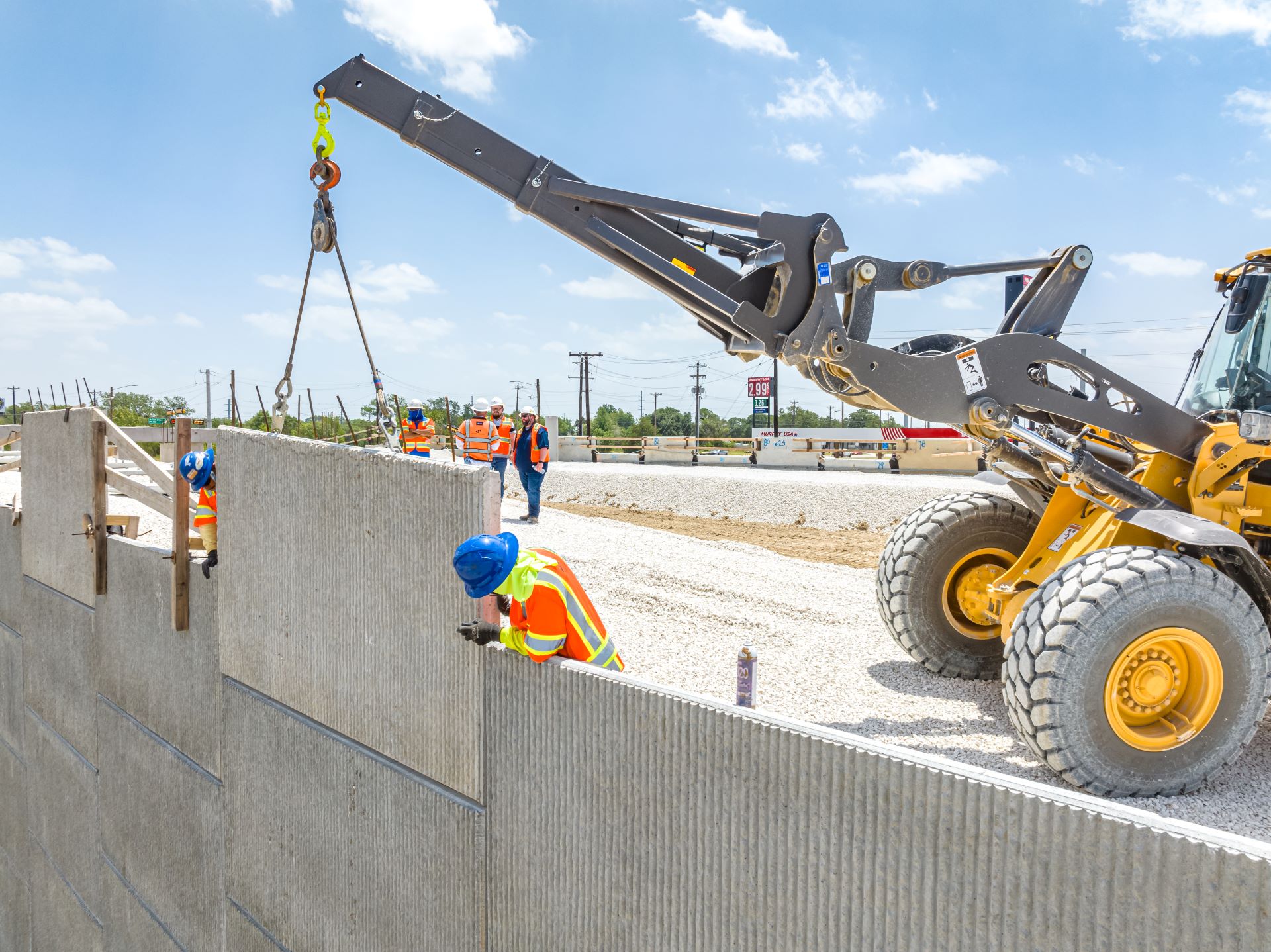
Explore Our MSE Wall Solutions:
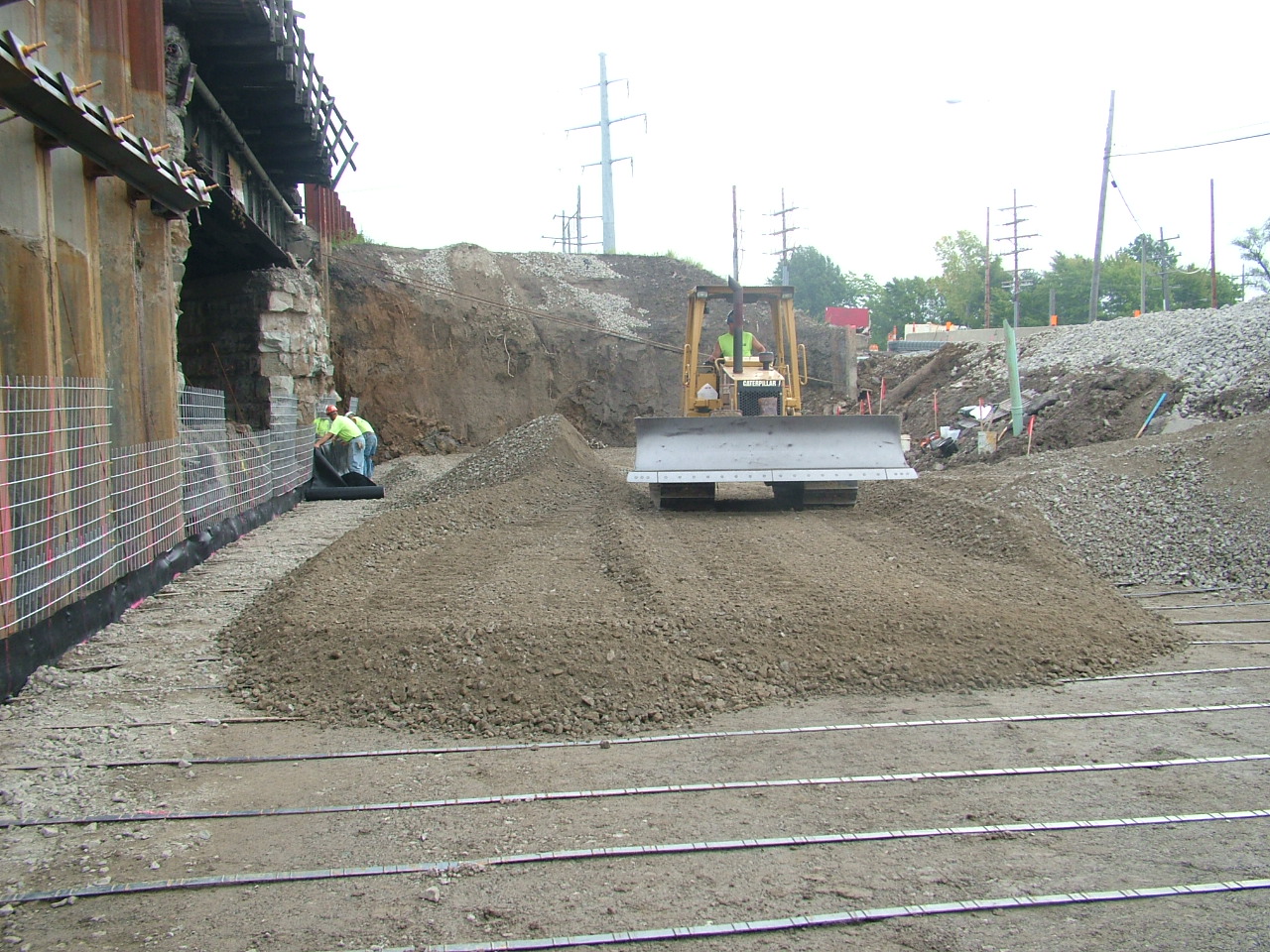
The Effect of Reinforcements on Soil Deformation
The properties and materials of the three major components can vary, and a mechanically stabilized earth engineer must choose the most efficient combination of construction materials based on the wall’s design criteria, such as wall height and service life. Each of these elements works together to create an MSE retaining wall.
Facing elements are modular precast concrete panels or wire mesh. Each facing type offers different advantages when considering criteria such as aesthetics, durability, construction procedure and expected settlement.
Soil reinforcements are typically steel or geosynthetic and take the form of strips or ladders. All soil reinforcement options have unique characteristics for pullout and tensile capacity, corrosion and durability.
Select backfill allows for reliable construction and performance of the MSE retaining wall, in which the gradation, plasticity, electrochemical properties and overall durability should be closely analyzed. It can be obtained on-site or from a distributor.
Facing Elements
Concrete Panels:
- A variety of shapes
- Thickness varies as needed for architectural finishes, walls with extreme heights, or other applications yielding high bending moments
- Embedded connections for soil reinforcements
Wire Mesh Panels and Baskets:
- Galvanized or black steel
- Temporary or permanent wall applications
- Additional accessories for soil reinforcement connection
Cruciform (5’x5′)
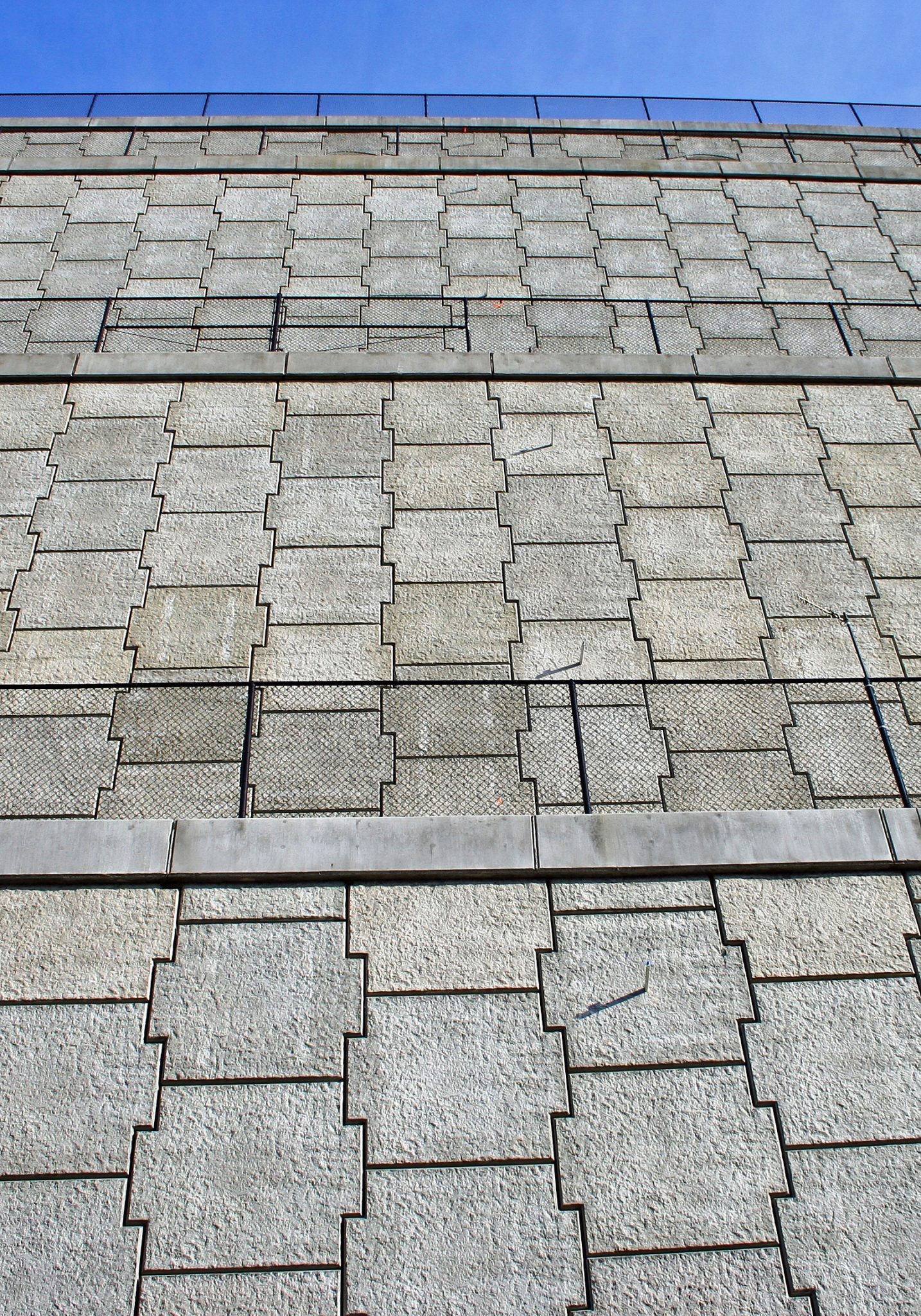
Rectangular (5’x10′)
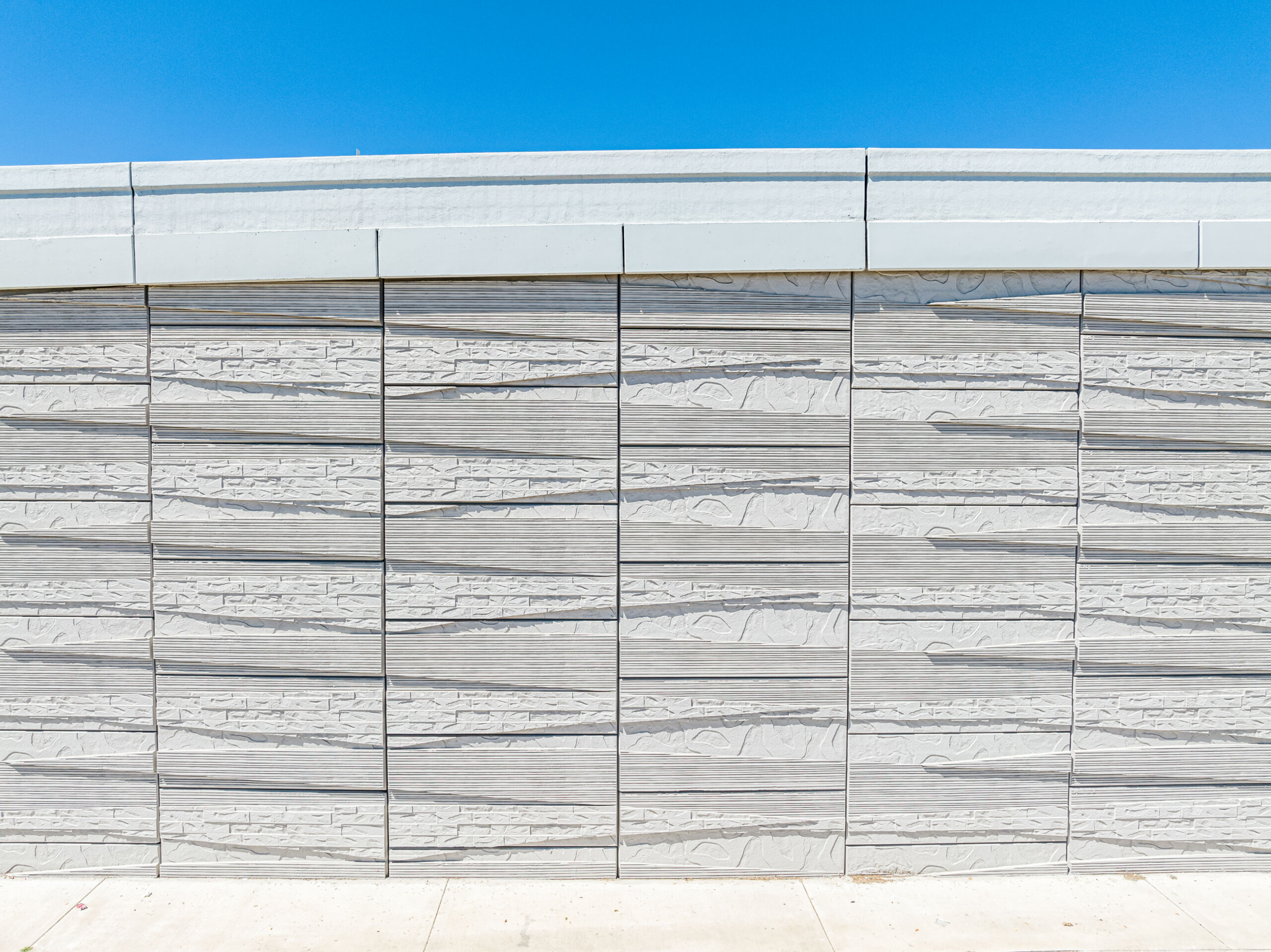
Square (5’x5′)
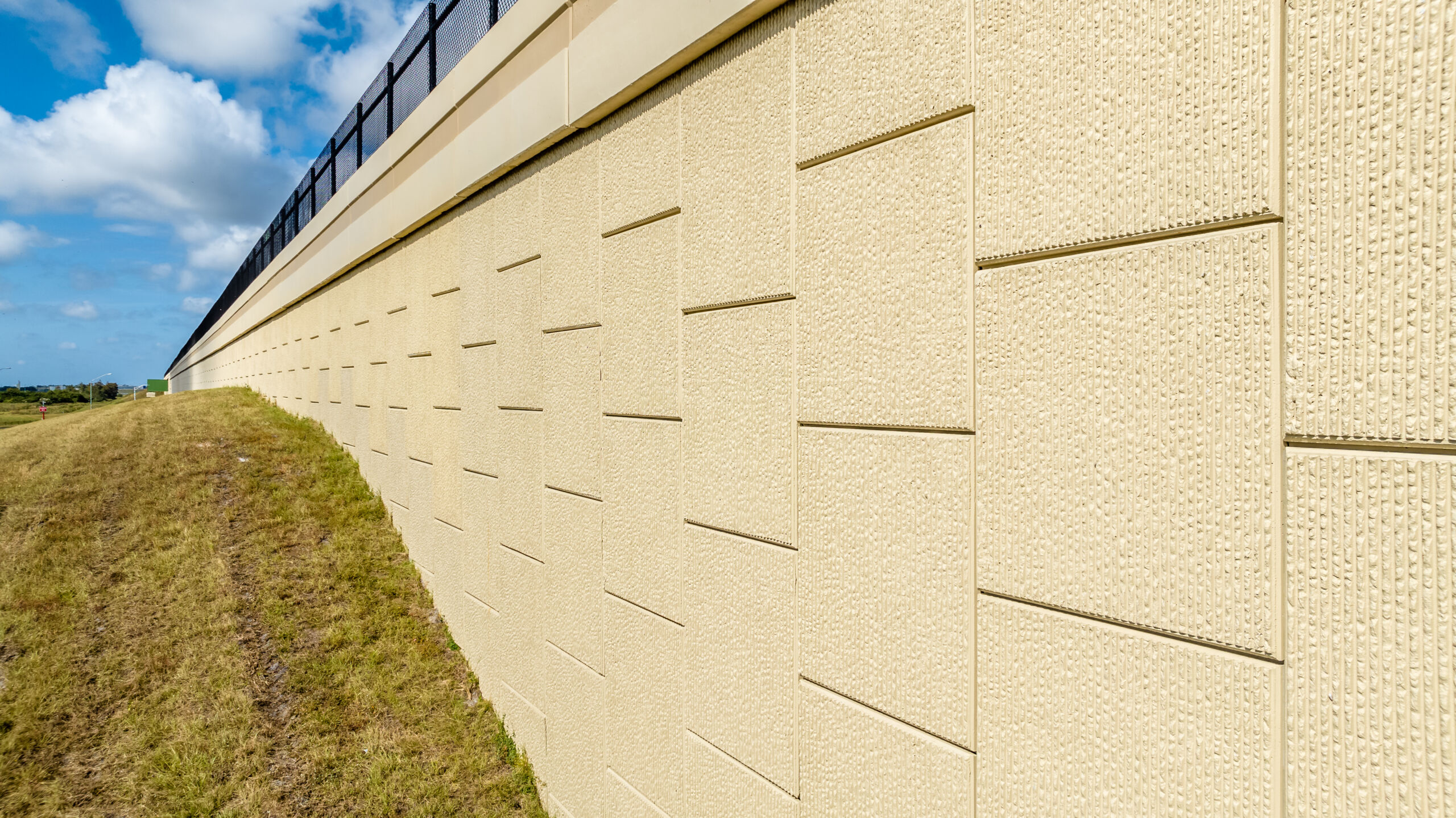
Sloped
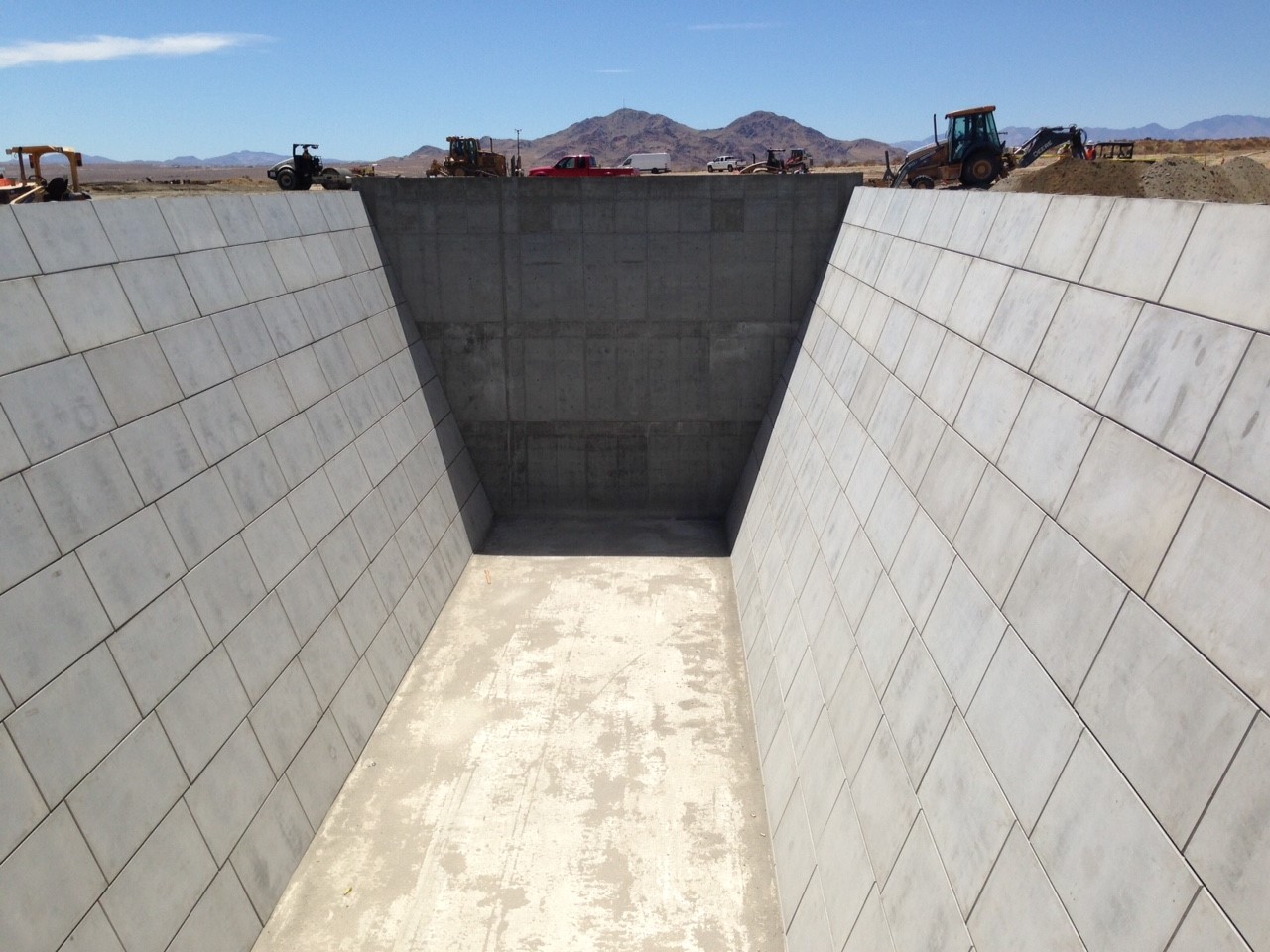
Full Height
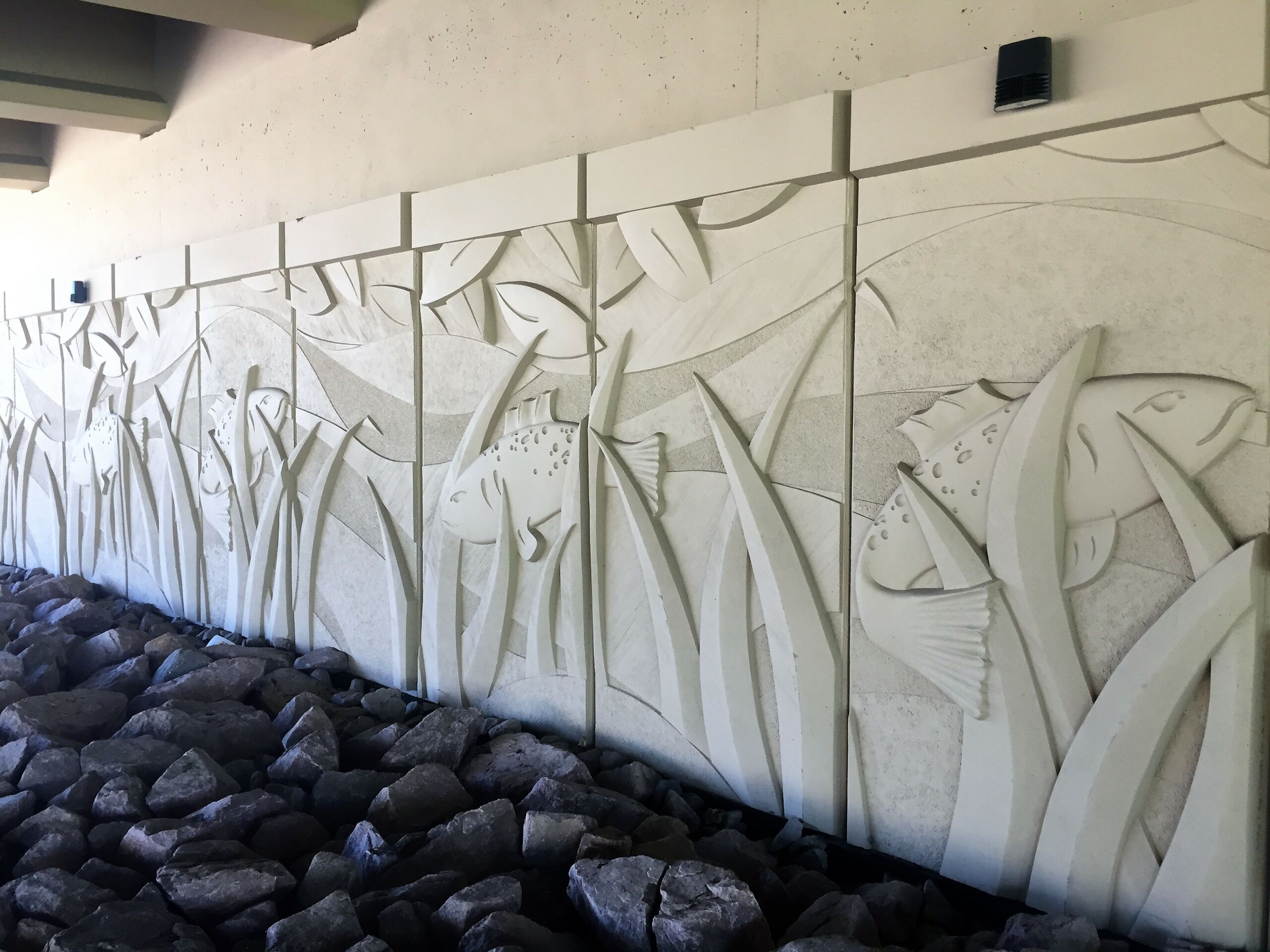
Integrated with Traffic Barrier
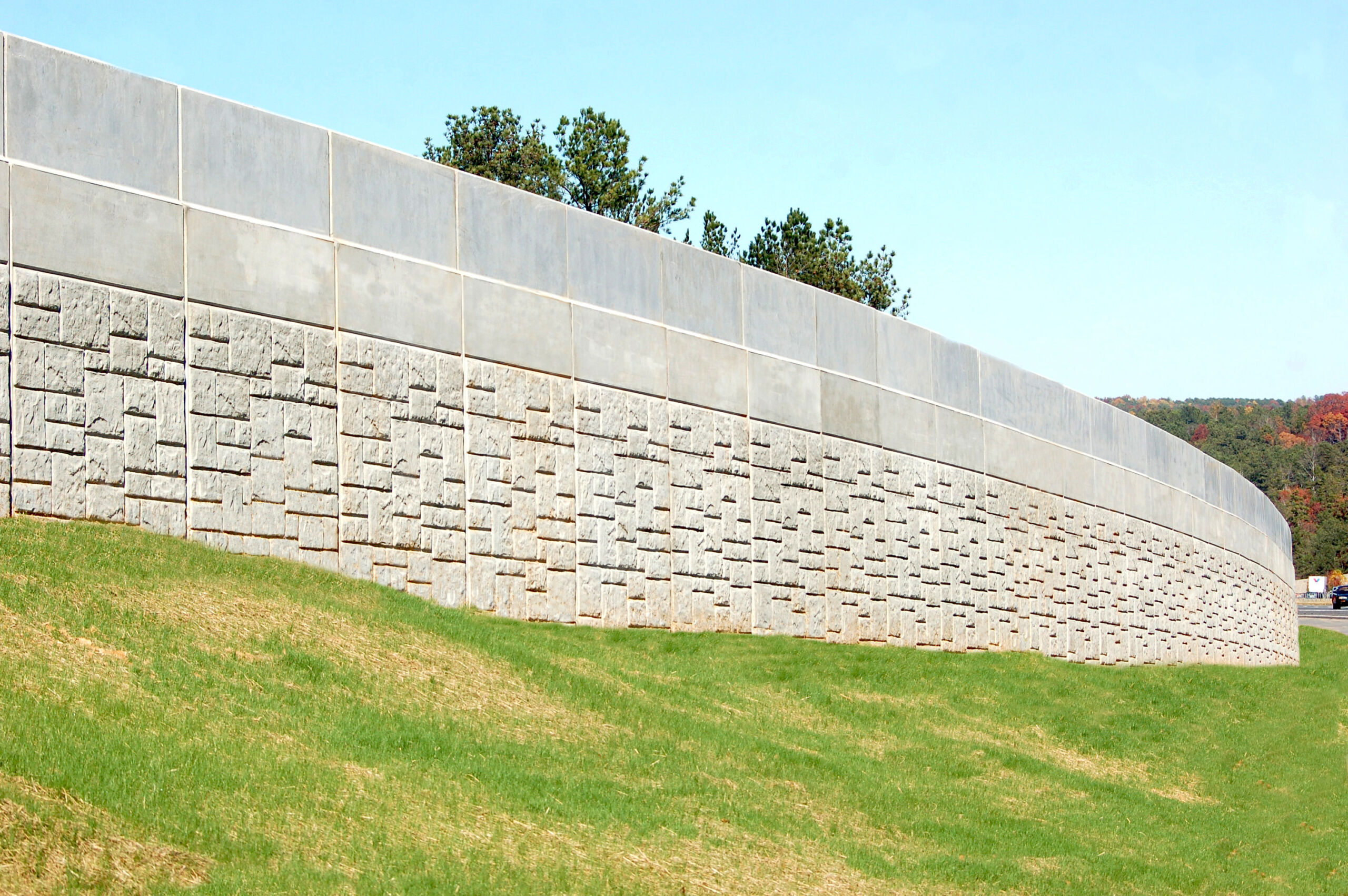
Permanent Wire Mesh
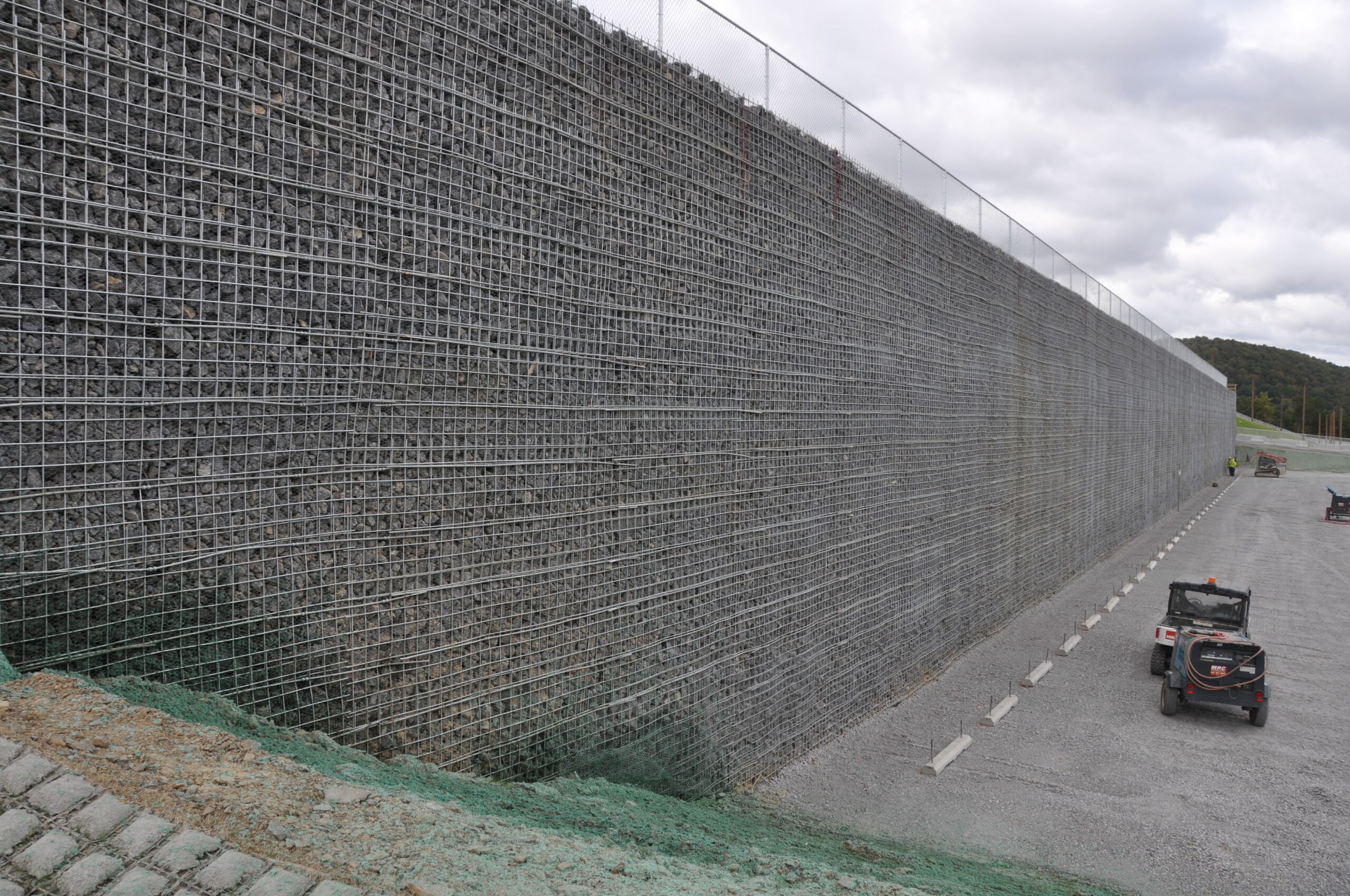
Temporary Wire Mesh
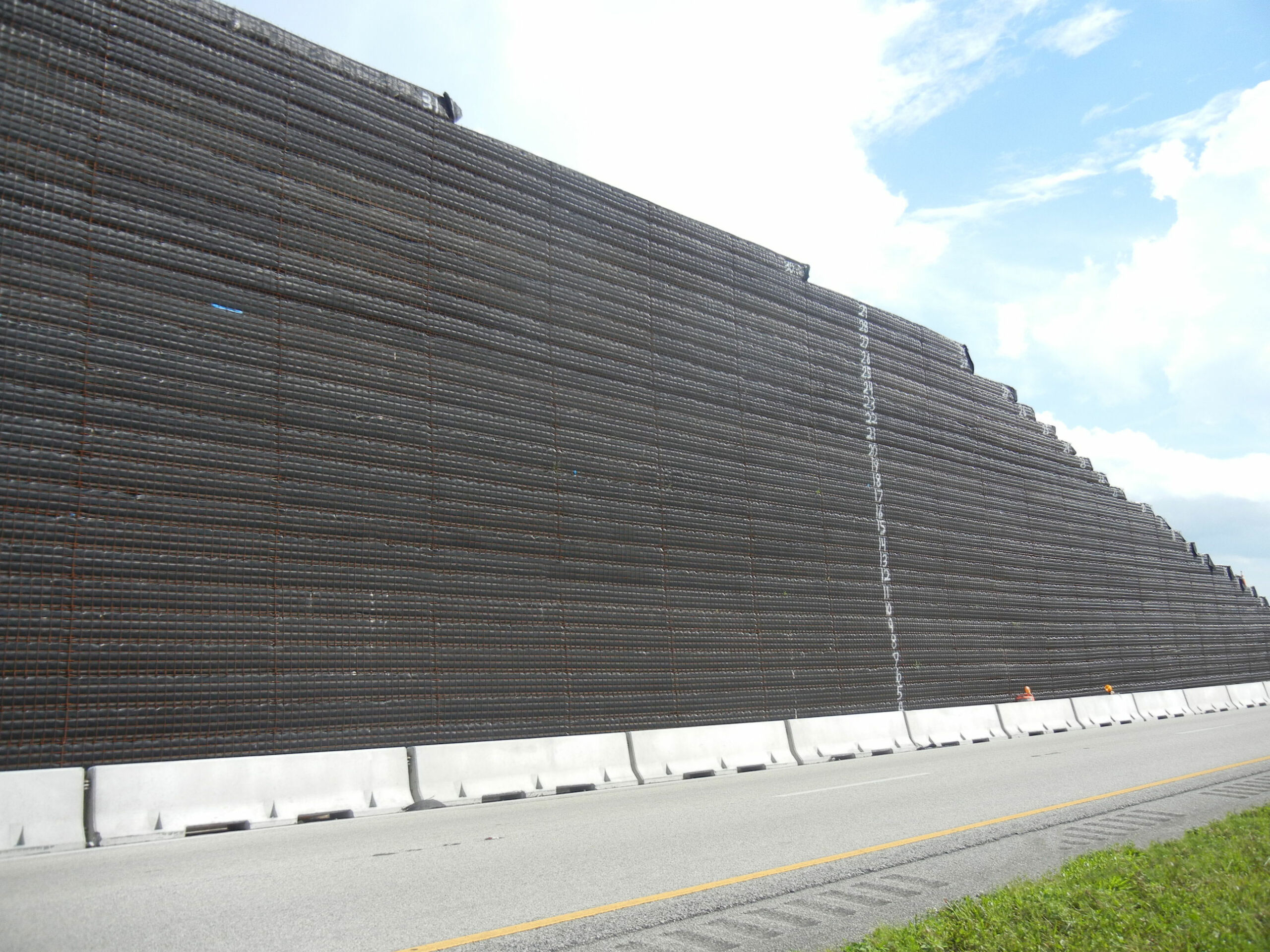
Soil Reinforcements
Geoquest soil reinforcements have gone through extensive full-scale testing for pullout capacity, tensile capacity, durability and corrosion. They have been engineered flat to achieve superior and predictable bond with the compacted backfill, having no potential for voids between the soil and reinforcement.
High-Adherence (HA) Ribbed Reinforcing Strips
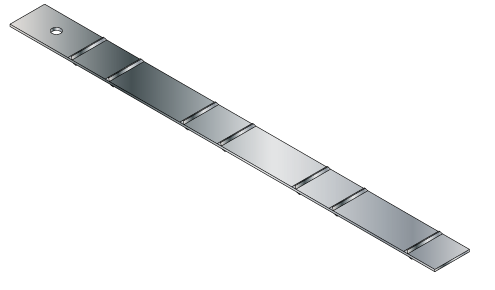
- Inextensible
- 2″ wide
- Galvanized steel
- High tensile and pullout capacity
- Ideal for most applications
- Bolted connection to facing elements
High-Adherence (HA) Ladders
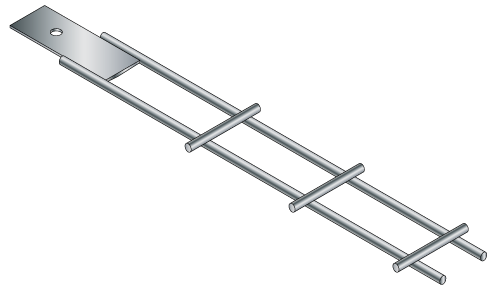
- Inextensible
- 4″ wide (transverse bars)
- Galvanized steel
- Higher pullout capacity and reduced tensile capacity
- Ideal for short height walls, or with lightweight or low strength backfill
- Bolted connection to facing elements
Retained Earth® Two-Wire Wide Ladders
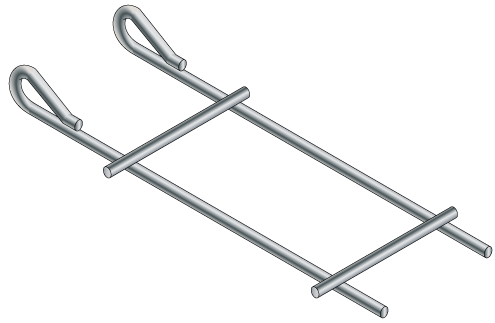
- Inextensible
- 9″ wide (transverse bars)
- Galvanized steel
- Higher pullout capacity and reduced tensile capacity
- Ideal for short height walls, or with lightweight or low strength backfill
- Clevis loop connection to facing elements
Sine Wall® Reinforcing Strips
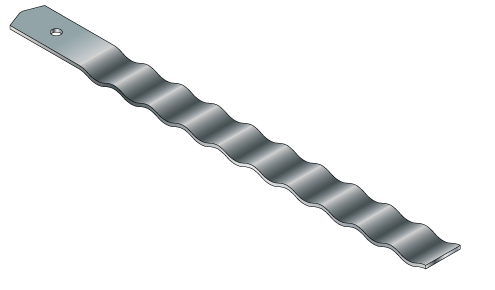
- Inextensible
- 1.5″ to 2.5″ wide
- Galvanized steel
- High tensile and pullout capacity
- Bolted connection to facing elements
GeoStrap® Geosynthetic Reinforcing Strips
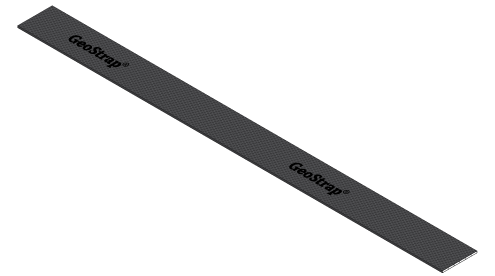
- Extensible
- 2″ wide
- Polyester fibers in a polyethylene sheath
- High tensile and pullout capacity
- Ideal for highly corrosive environments
- Sleeve or wrapped connection to facing elements
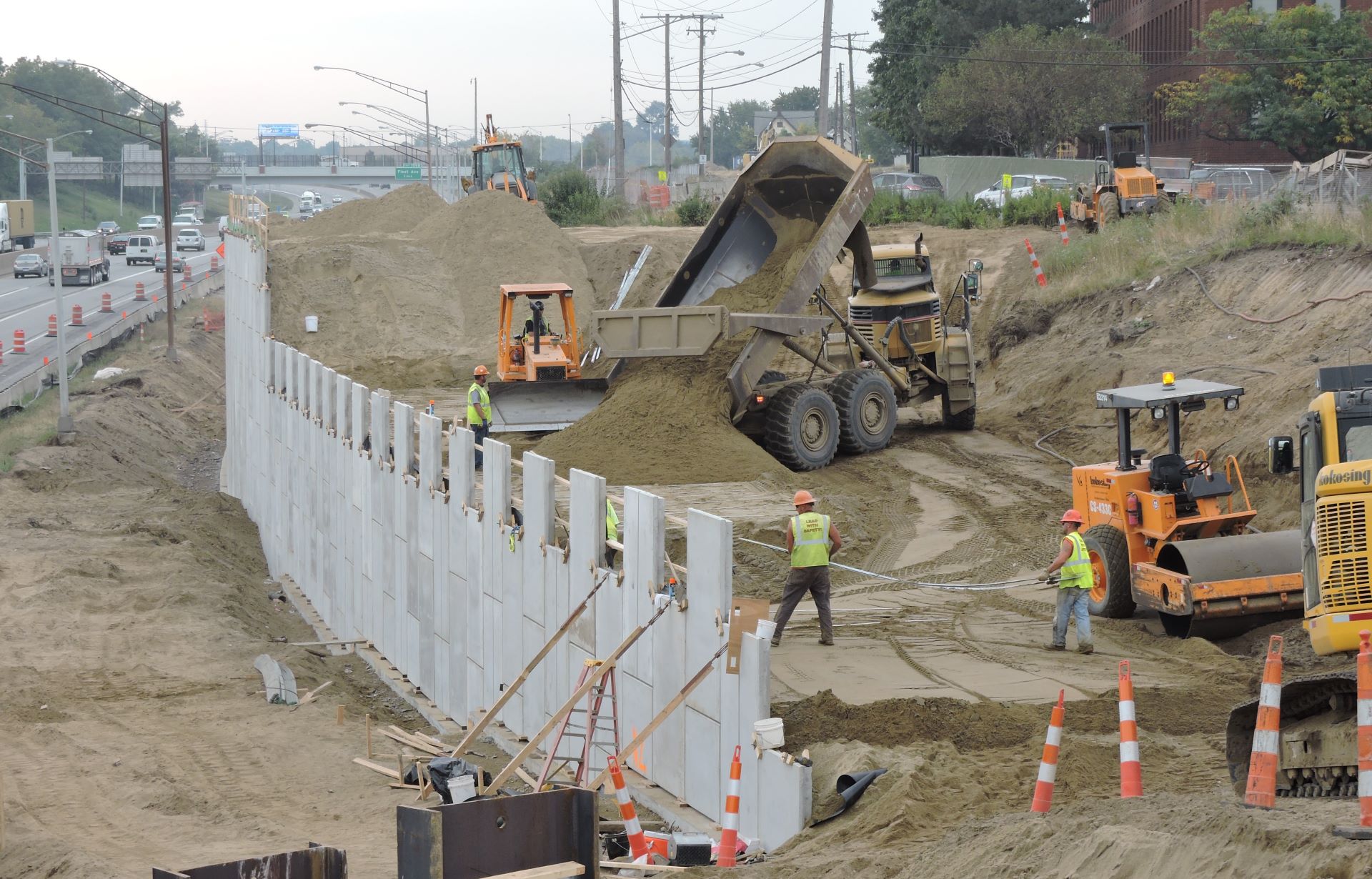
Select Backfill
- Soil: A wide range of soil properties will meet specifications, however the ideal select backfill is open-graded with low plasticity and fines content, such as sand or crushed stone. This allows for easy compaction and fast drainage.
- Recycled: Crushed concrete and other recycled material can be used successfully as MSE select backfill.
- Lightweight: In cases where the MSE wall must have a significantly reduced load on the foundation, lightweight material can be used, such as lightweight aggregate, low density cellular concrete and foamed glass aggregate.
Benefits of MSE Walls:
Civil engineers and construction teams look to MSE walls for their versatility, long life spans, load-bearing capacities, custom dimensions, user-friendliness and drainability. Review the list below to get the full picture of why a Mechanically Stabilized Earth wall from The Reinforced Earth Company is the right choice for your project.
- Flexibility to accommodate high differential settlement and several feet of total settlement
- Bearing pressure is distributed over a wide foundation area
- Possibility for extreme wall heights
- Ease of carrying extreme loads (bridge abutment footings, cranes)
- High resistance to seismic ground movement and other dynamic forces
- Easily drainable because of the backfill makeup and open panel joints
- Custom aesthetics using form liners or murals
- Obstruction accommodations from soil reinforcing strips inside the MSE backfill
- Almost any geometric wall shape achievable
- Rapid, predictable and repetitive construction
- Superior finish and wall alignment
- Mechanical connection of soil reinforcements to facing units







